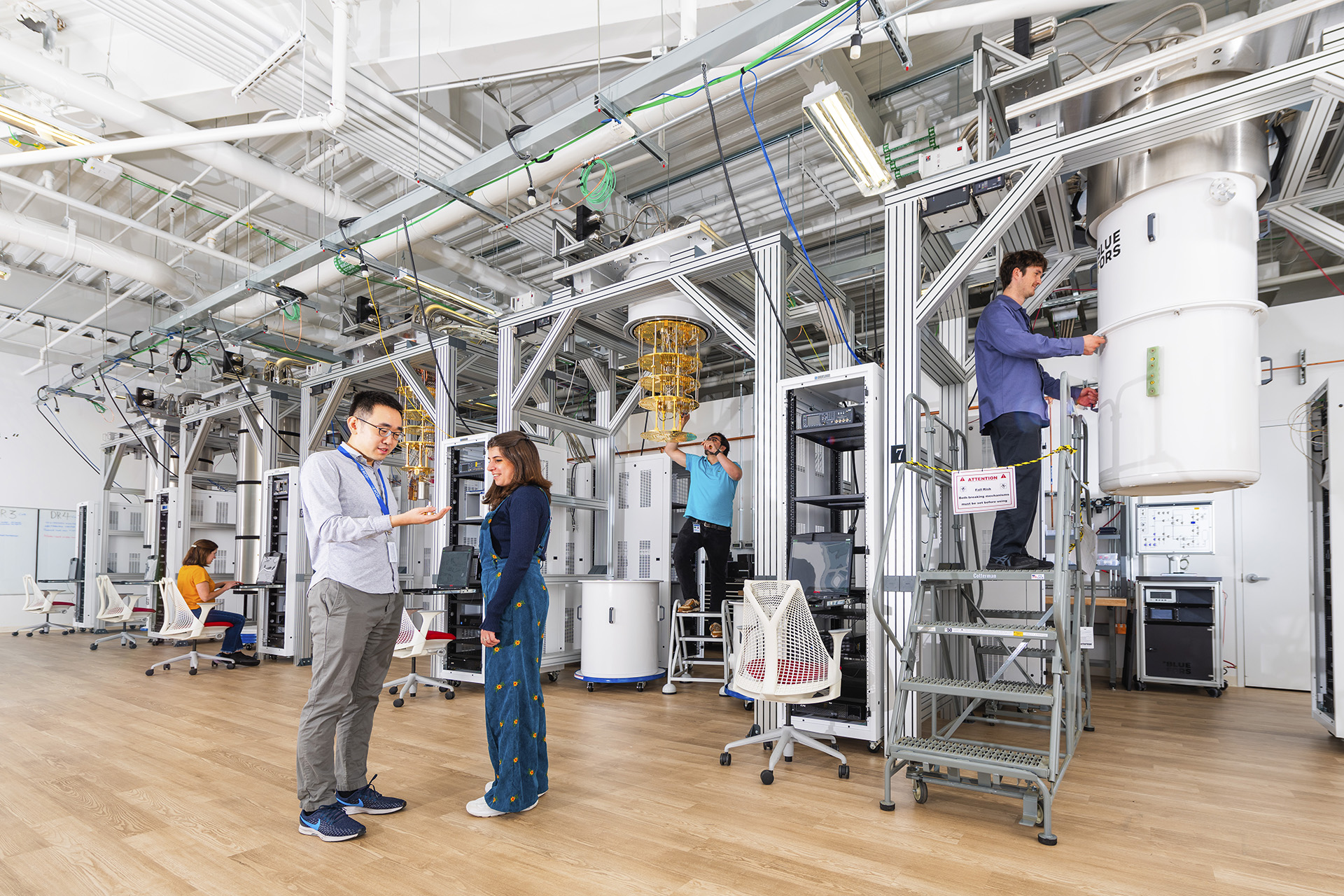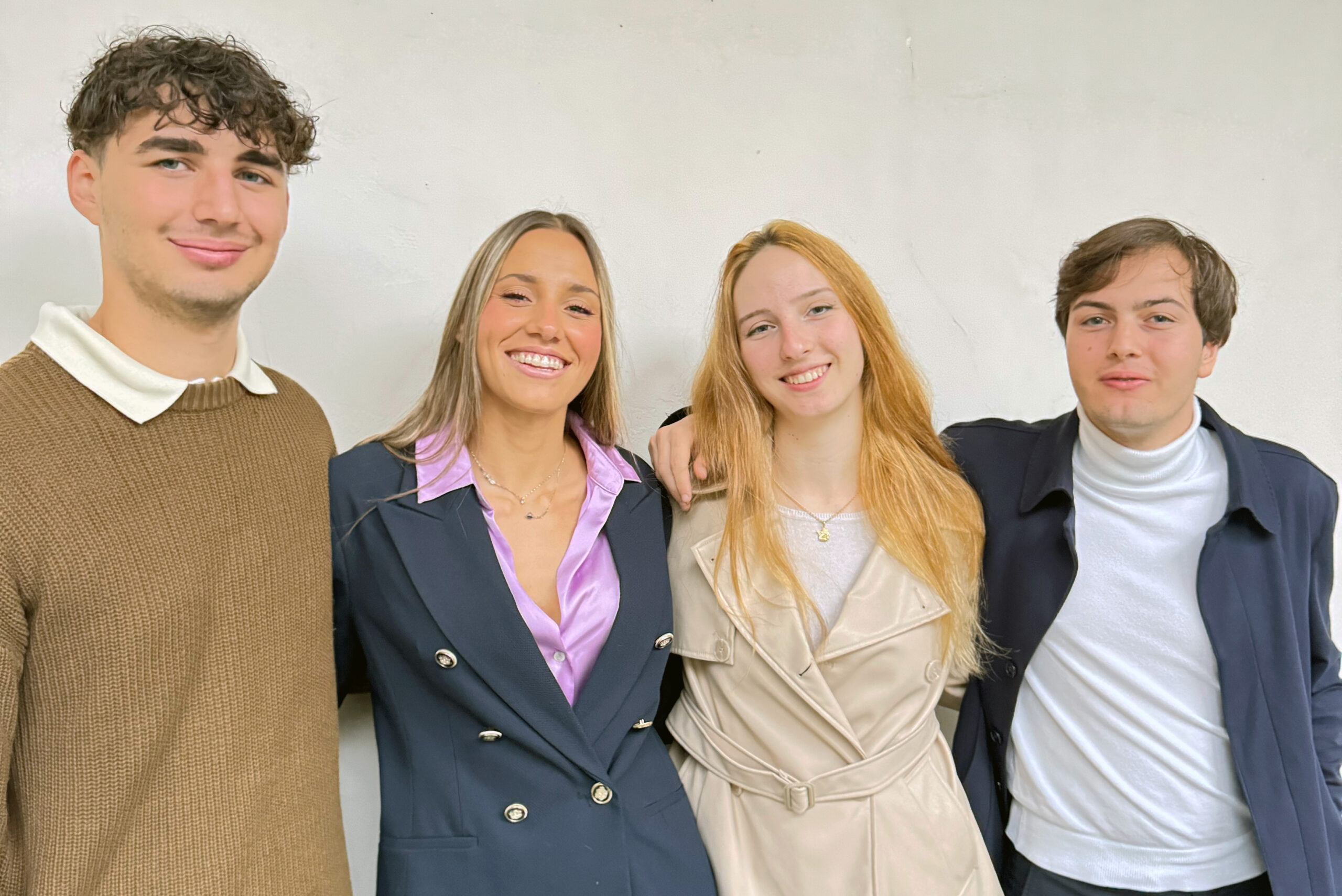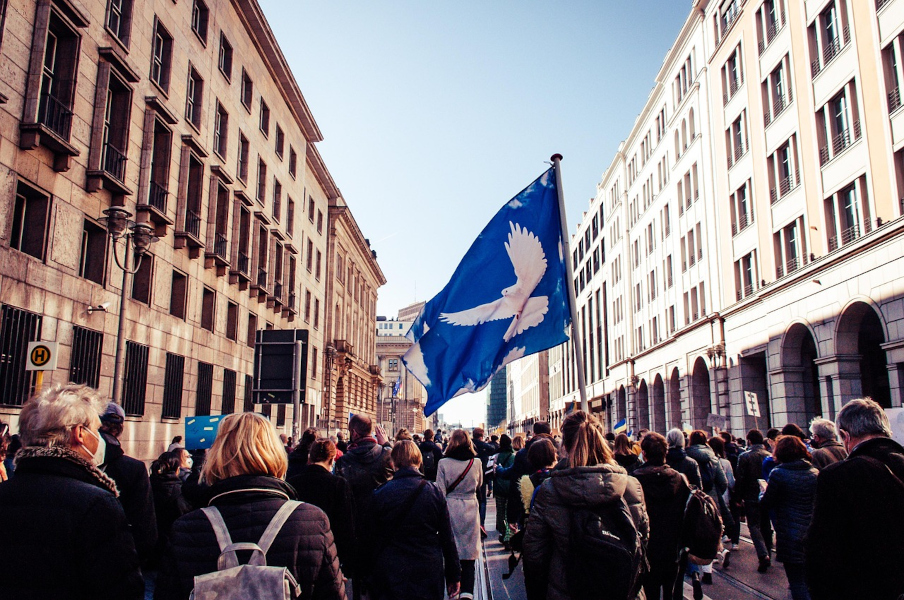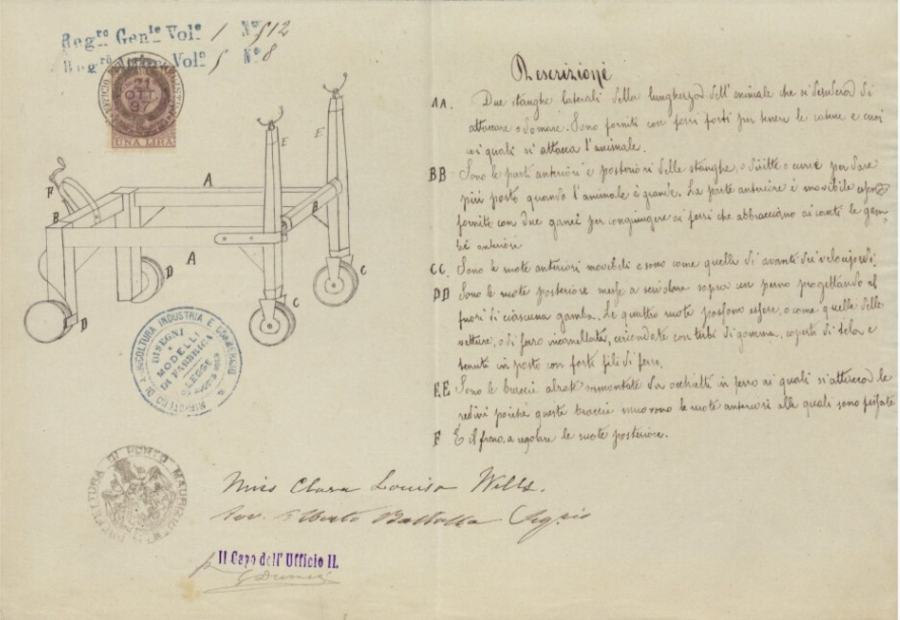The Museum of Computing Instruments of the University of Pisa has returned to its historic location at the Cittadella Galileiana, with a new exhibition entitled Not just calculation – working life and free time before the arrival of the Internet.
To inaugurate the new exhibition – curated by Fabio Gadducci, Director of the Museum of Computing Instruments, Giuseppe Lettieri and Antonio Viti – on Friday, 6 June, the following were present: Antonio Mazzeo, President of the Consiglio Regionale Toscana, Marco Macchia, Vice-rector for Community Engagement, Francesco Leccese, Vice-rector for Buildings and Real Estate Assets and Lorenzo Peruzzi, Head of the Sistema Museale di Ateneo.

Not just calculation – working life and free time before the arrival of the Internet presented tools that characterised work and free time from the late 1800s to the 1990s. In the early 1990s, the Museum of Computing Instruments started to take shape: laying the foundations of its collection in a still pioneering period allowed it to build, through bequests and acquisitions, a European-level collection. The exhibition enhances this heritage not only from a technical perspective but also in terms of its historical, cultural, and social significance.
On the occasion of the reopening, exceptional guides included some of the pioneers in computer science, Lucia Barsanti Calamia, Graziano Bertini and Giuseppe Iazeolla, who shared the stories behind some of the machines on display, together with Andrea Tendola and Giovanni Cignoni.
Alongside objects such as cash registers and mechanical computing machines, the exhibition featured historical computers such as the first Olivetti word processors or the Amiga and PC with SoundBlaster cards. Among the various sections, one was dedicated to 1980s video games, such as the Commodore 64 and the ZX Spectrum, and another to the history of computer music in Pisa, with contributions from pioneer Pietro Grossi.
A fundamental part of the exhibition was dedicated to the history of computer science in Pisa, highlighting key figures such as Mario Tchou, Pier Giorgio Perotto, Alessandro Faedo and Milvio Capovani, and the historical milestones in the development of the Calcolatrice Elettronica Pisana (CEP) and the ELEA 9003. The Museum also showcases the scientific and academic context that led to the creation of the degree course in Information Science and the CNUCE.



